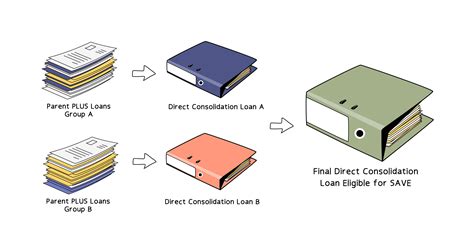Introduction:
Student loan refinancing has become a popular option for borrowers looking to lower their monthly payments, reduce interest rates, and simplify their loan management. However, one crucial factor that borrowers often overlook is the refinancing fees associated with the process. This article will explore the differences between a 2% origination fee and no-cost lender options, helping you make an informed decision for your student loan refinancing journey.

1. Understanding Origination Fees:
An origination fee is a charge imposed by lenders for processing a refinancing application. This fee is typically a percentage of the loan amount and can vary depending on the lender. In the case of a 2% origination fee, this means that for every $100,000 you refinance, you will pay $2,000 in fees.
1.1 Pros of a 2% Origination Fee:
– Lower interest rates: Many lenders offer lower interest rates to borrowers willing to pay an origination fee. This can lead to significant savings over the life of the loan.
– Quick approval: Some lenders may prioritize applications with origination fees, leading to a faster approval process.
– Easier to understand: A 2% origination fee is a straightforward and predictable cost, making it easier for borrowers to budget and plan their refinancing.
1.2 Cons of a 2% Origination Fee:
– Higher overall cost: While the interest rate may be lower, the 2% origination fee can increase the overall cost of refinancing.
– Less flexibility: Borrowers with a 2% origination fee may have fewer options when it comes to choosing a lender or loan terms.
2. No-Cost Lender Options:
Some lenders offer refinancing without any origination fees, which can be an attractive option for borrowers looking to minimize costs.
2.1 Pros of No-Cost Lender Options:
– Lower overall cost: Without an origination fee, the overall cost of refinancing is reduced, potentially leading to greater savings.
– More flexibility: Borrowers with no-cost lender options may have more flexibility when it comes to choosing a lender and loan terms.
– Potential for better interest rates: Some no-cost lenders may offer competitive interest rates to attract borrowers, even without an origination fee.
2.2 Cons of No-Cost Lender Options:
– Higher interest rates: Some no-cost lenders may compensate for the lack of an origination fee by offering higher interest rates, which can negate the benefits of refinancing.
– Hidden costs: While no-cost lenders may not charge an origination fee, they may have other costs or fees associated with the refinancing process, such as prepayment penalties or processing fees.
Conclusion:
When considering student loan refinancing, it’s essential to weigh the benefits and drawbacks of a 2% origination fee versus no-cost lender options. While a 2% origination fee can lead to lower interest rates and a faster approval process, it also increases the overall cost of refinancing. On the other hand, no-cost lender options can reduce overall costs but may come with higher interest rates or other hidden fees. Ultimately, borrowers should evaluate their financial situation and goals to determine the best refinancing option for their needs.



